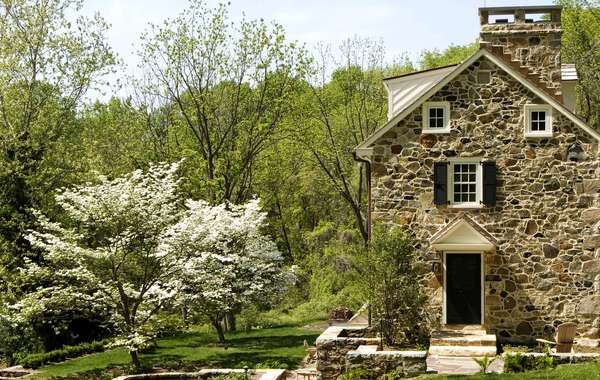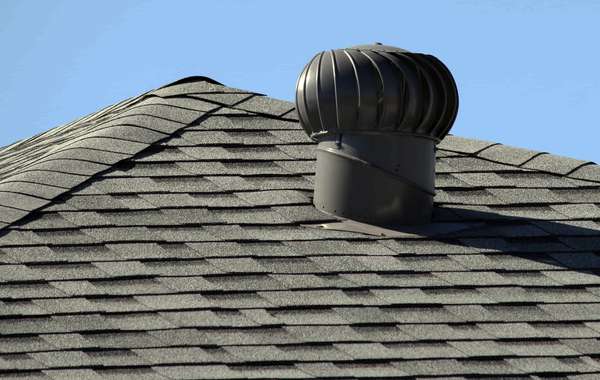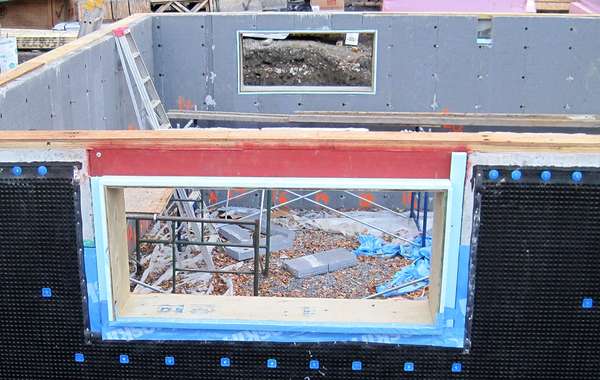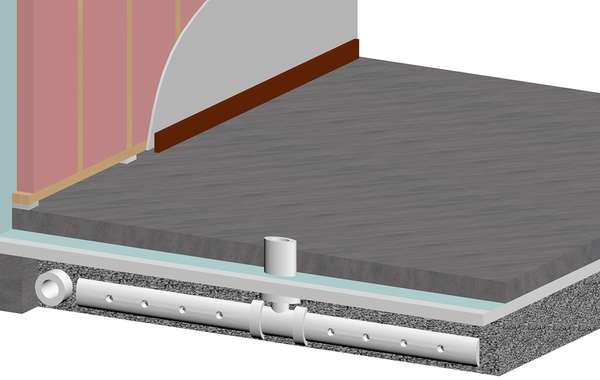Why does interior insulation cause a freeze/thaw cycle- cinder block foundation?
I have read in many posts that insulating a cinder block foundation wall from the inside in cold climates is risky as it can cause cracking. This is due to the introduction of the freeze/thaw cycle.
I can't wrap my mind around why this wall would not have already been exposed to this cycle, when uninsulated. Can you help me to understand why it would only experience the freeze/thaw cycle once insulated from the inside, and whether there are any improvements to the process of interior spray foam insulation (crawl space) that would help? Our contractor is suggesting that a portion of the wall (at the bottom) be left uninsulated so that the water can go through this portion.
Thank you!

























Cinder block foundations (or CMUs - concrete masonry units) are more at risk of cracking when insulated on the interior because they no longer have the interior heat to keep them warm. Think about the difference between a conductor and an insulator. Concrete is a conductor, so heat moves very easily through it. Here is a quick read that explains it in greater detail -
How to prevent thermal bridges and heat loss
Even if a block wall was not insulated on the exterior, if the interior space inside the wall is heated, then it will have and endless supply of heat to keep it warm. The concrete will absorb heat from the inside and expel it to the exterior. You can probably also notice that the snow is melted close to the wall as well, as the block wall would also be heating the ground. Being uninsulated doesn’t mean it won’t freeze at all as it probably feels frozen to the touch, but without interior insulation the majority of the block would not be frozen, it would only be the very exterior, if that, that would be below zero degrees.
So for a block wall that has been kept warm for its entire life to suddenly have insulation on the interior, it loses that supply of heat, so the entire block (with enough insulation) will probably freeze completely and more closely reflect the exterior temperatures. This does not mean that insulating inside will ‘guarantee’ it will freeze solid and crack, but it is a concern worth considering.
In such cases we would recommend checking the condition of the block wall first before insulating to make sure it is solid and straight, and perhaps not go to extreme levels of insulation in very cold climates. Find the balance – save some energy with insulation, but also save your wall from damage. And unfortunately finding that ‘sweet spot’ of insulation isn’t necessarily easy, factors to consider would be the age and structural integrity of the wall, the moisture levels in the blocks, and what sort of low temperatures you experience in your region. So you may want to speak to a local contractor with experience and knowledge in this area to help decide a path forward.